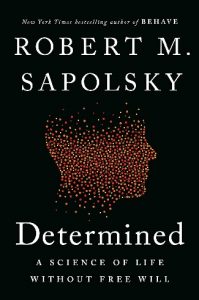We all know that ‘brahman‘ being ‘avAngmanasagocara‘ (अवाङ्ग्मनसगोचर – 1, vedAntasAra), is ‘beyond the reach of words and thought.’ It is NOT available for perceptual knowledge either through the five senses or the mind within this time-space-causational world we live in and interact with. Hence, there is no way to show brahman, “It is like this” by pointing with a finger.
The kena Upanishad admits this fact openly; it says, “We don’t know how to teach It.” – (1.3).
The mANDUkya Upanishad speaks about It in apophatic terms for a little while, but hastens to declare that “It is inexpressible” and even adds, “It is unthinkable” – (mantra 7) !
However, the brihadAraNyaka sticks its neck out and gives not one or two, but three illustrations to show how brahman is like.


 The entire world is like a huge Hospital!
The entire world is like a huge Hospital!